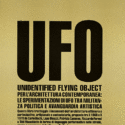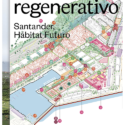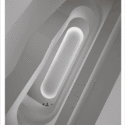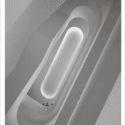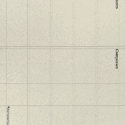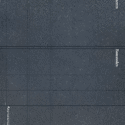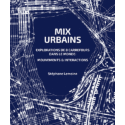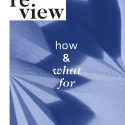Your Cart is empty
UNIDENTIFIED FLYING OBJECT PER L’ARCHITETTURA CONTEMPORANEA (IT ED.)
UFO’s Experiments between Political Activism and the Artistic Avant-garde
Beatrice Lampariello, Andrea Anselmo, Boris Hamzeian (eds.)
The contemporary context is defined by a unique conjuncture. On one hand, we witness the revival of the Radical Architecture that from the avant-garde experiments of the origins recovers creative processes and iconographic fragments while nullifying the original ideological and political values.
On the other hand, we see social protests in defense of fundamental rights of democracy, as in 1968. With these premises, Architecture is now reinvestigating those ephemeral experiments that have endured half a century as new “stone monuments” capable of indicating new perspectives for both research and design. Placing UFO group, one of the authors of those still poorly known “monuments”, at the core of the contemporary debate means investigating their formal and seductive aspects, but also the ideological, political and social values with which objects, installations and happenings have been innervated, transforming them into devices of an architecture nourished by literature, art and political commitment for the foundation of an eloquent and activist project even more radical than the well-known Superstudio and Archizoom.
The collaboration between Beatrice Lampariello, an architecture historian specialized in the 1960s and 1970s, and False Mirror Office, a group of historians and designers engaged in the rediscovery of UFO group, lead to a monograph focused on the UFO’s work and an evaluation of their legacy relative to contemporary architecture. The monograph is composed of four sections: 1) History, a first-ever study of UFO by False Mirror Office via analysis of all archival and bibliographic sources, as well as a series of interviews with UFO members and a collection of its writings (published and unpublished), for the first time translated into English; 2) Context, composed of essays by historians and architectural theorists (Beatrice Lampariello, Simon Sadler, Alessandra Acocella, Giovanni Galli, Jacopo Galimberti) intended to place UFO’s work in the context of the avant-garde that influenced its work, from the experience of Florentine Radical Architecture to Umberto Eco’s theories on semiotics and the American experiences between Pop Art, Video Art and Happening; 3) Legacy, articulated through graphic contribution and essays by young designers, as False Mirror Office, Parasite 2.0, Point Supreme, Jimenez Lai, Andrew Kovacs, Adam Nathaniel Furman, Traumnovelle, (ab)Normal and Peter Behrbohm, to investigate UFO’s legacy relative to the contemporary revival of the most distinguishing creative processes and obsessions that shaped the so-called Radical Architecture; 4) Anthology the first complete collection of UFO writings for the first time available in English.
Granted by the Italian Council (9th Edition, 2020), to promote Italian contemporary art in the world by the Directorate-General for Contemporary Creativity of the Italian Ministry of Culture.
Buy English edition
EBOOK VERSION

